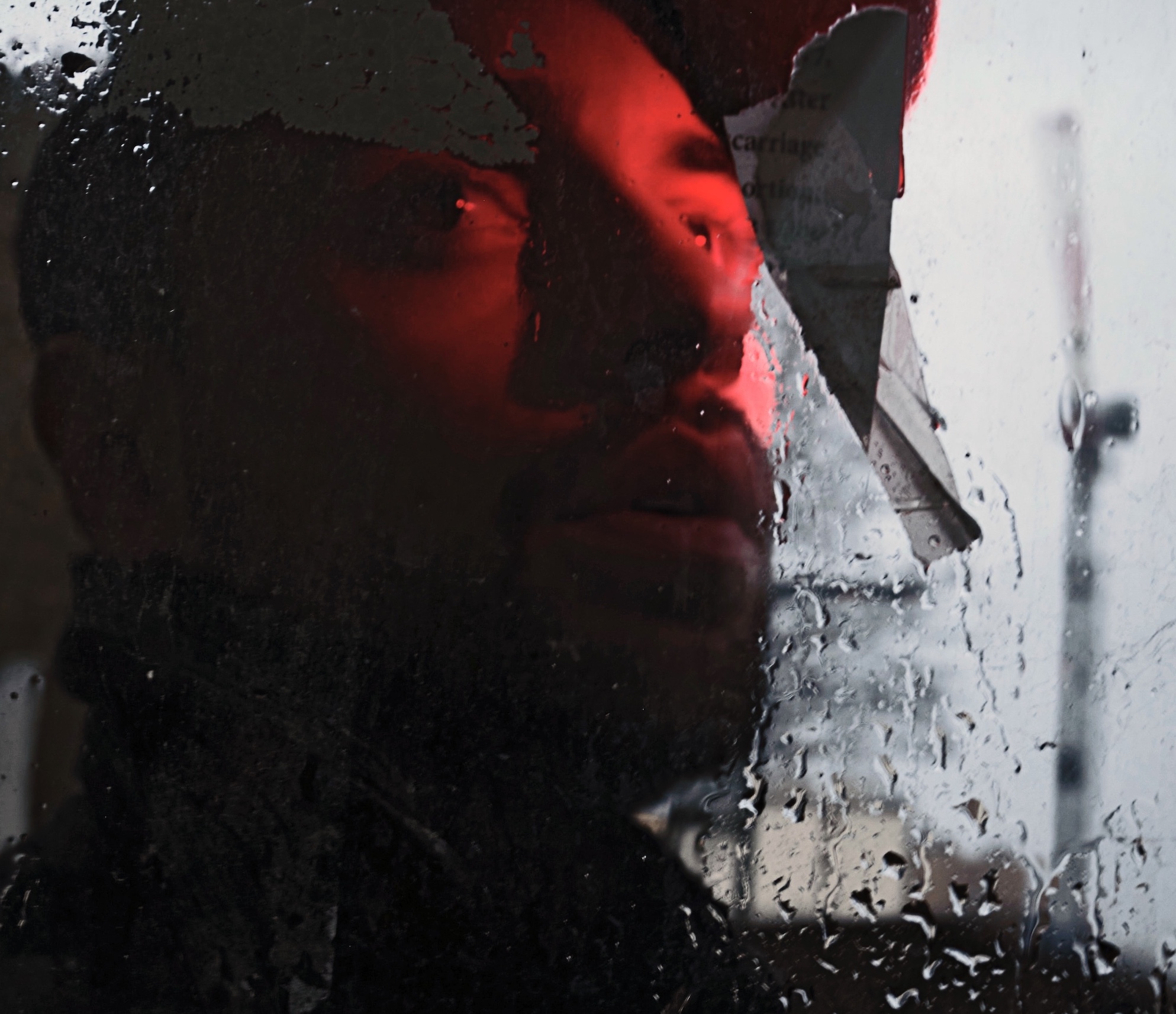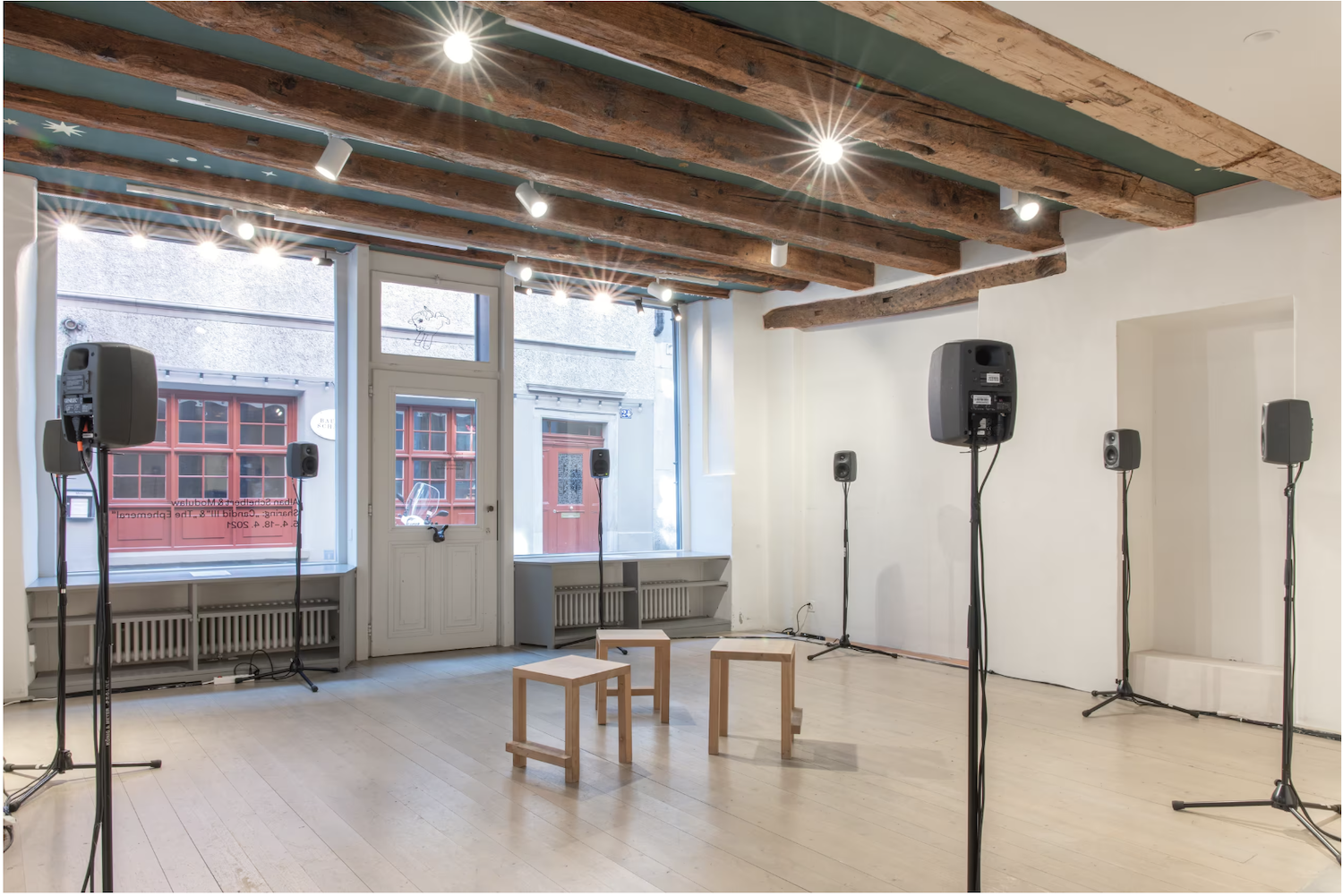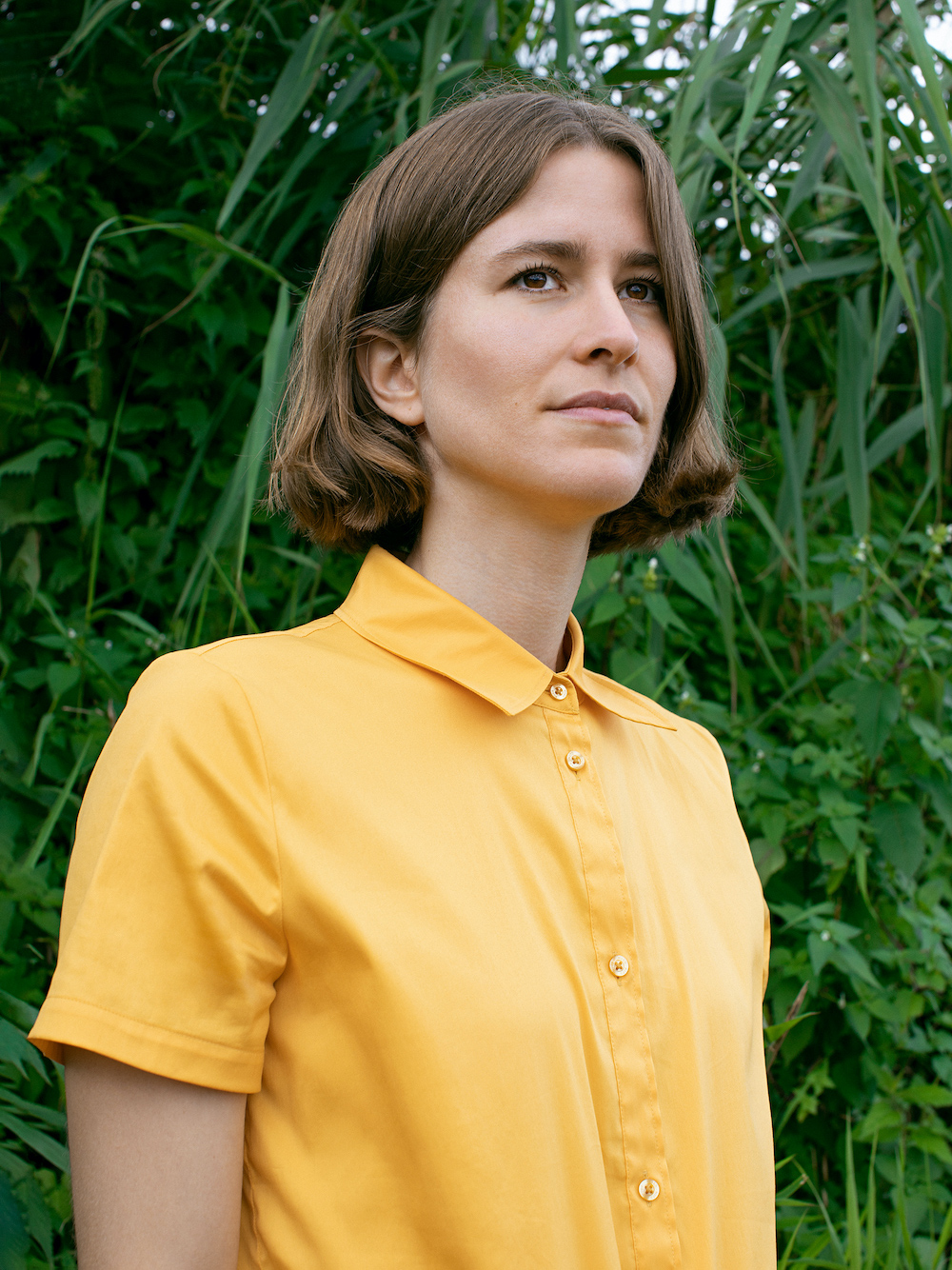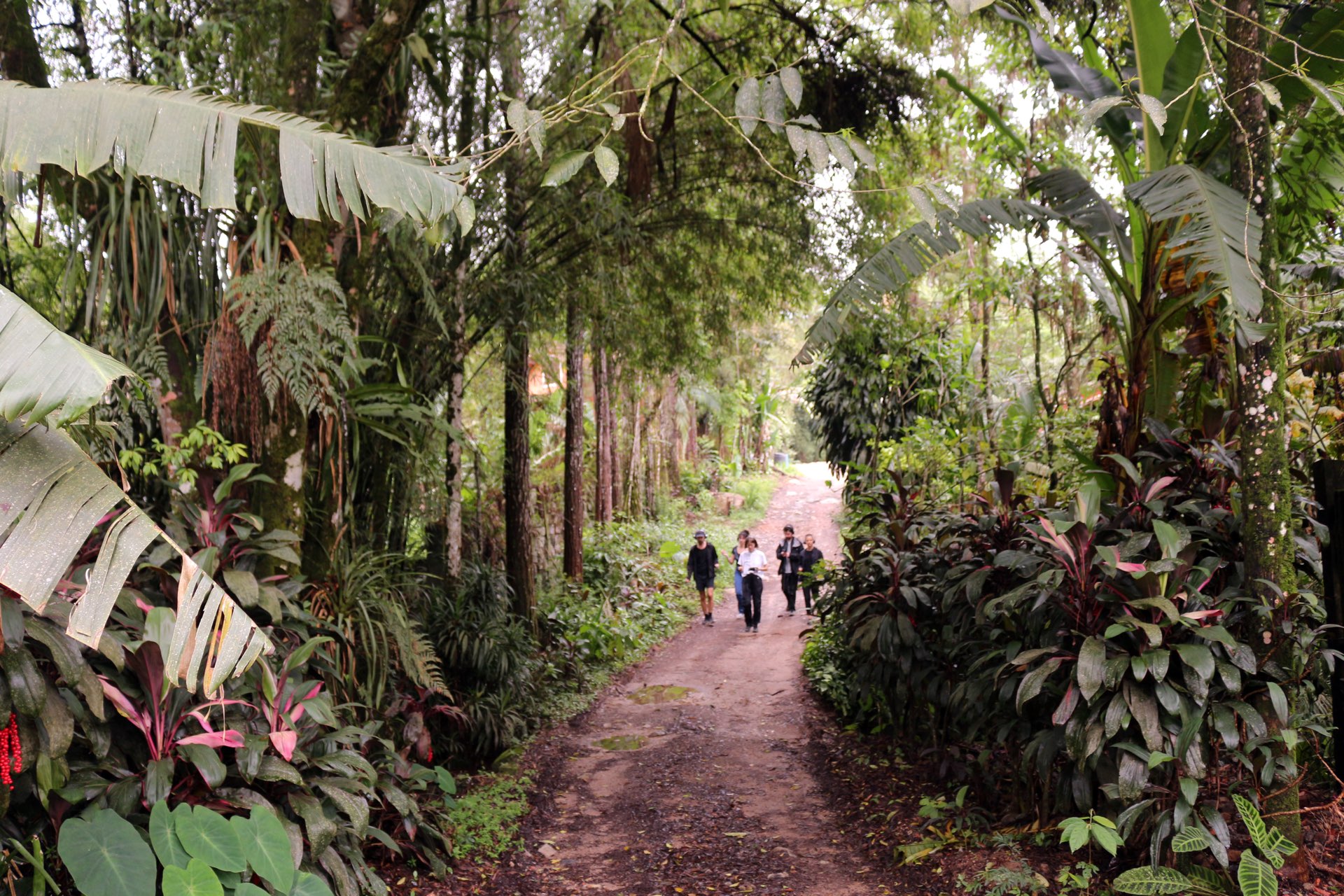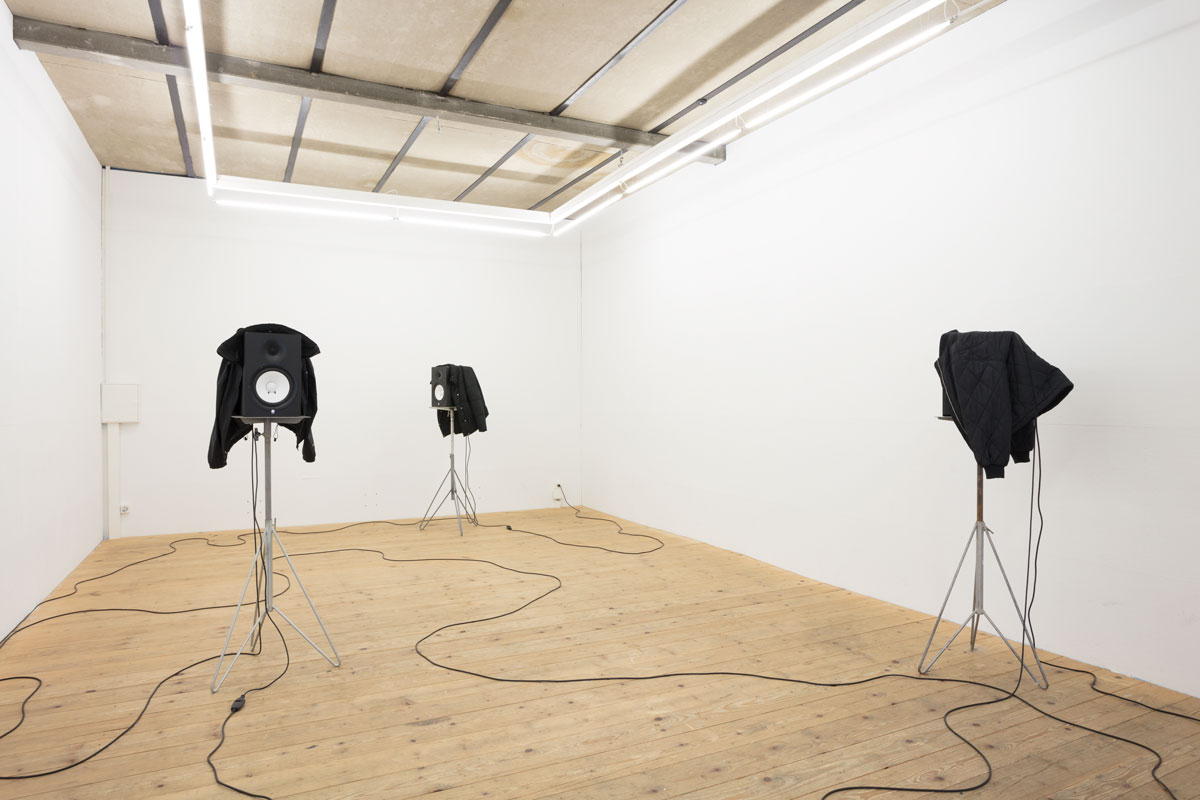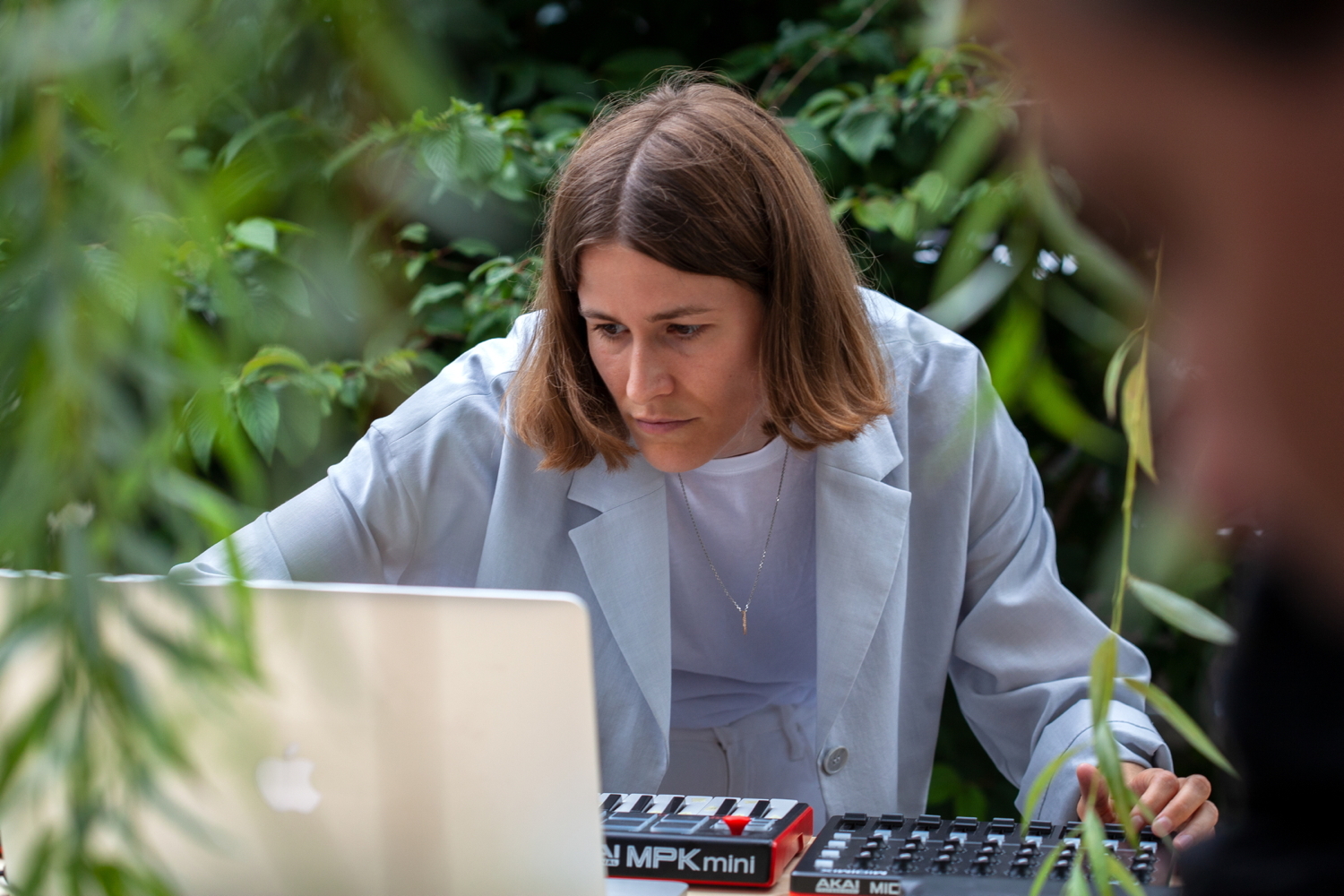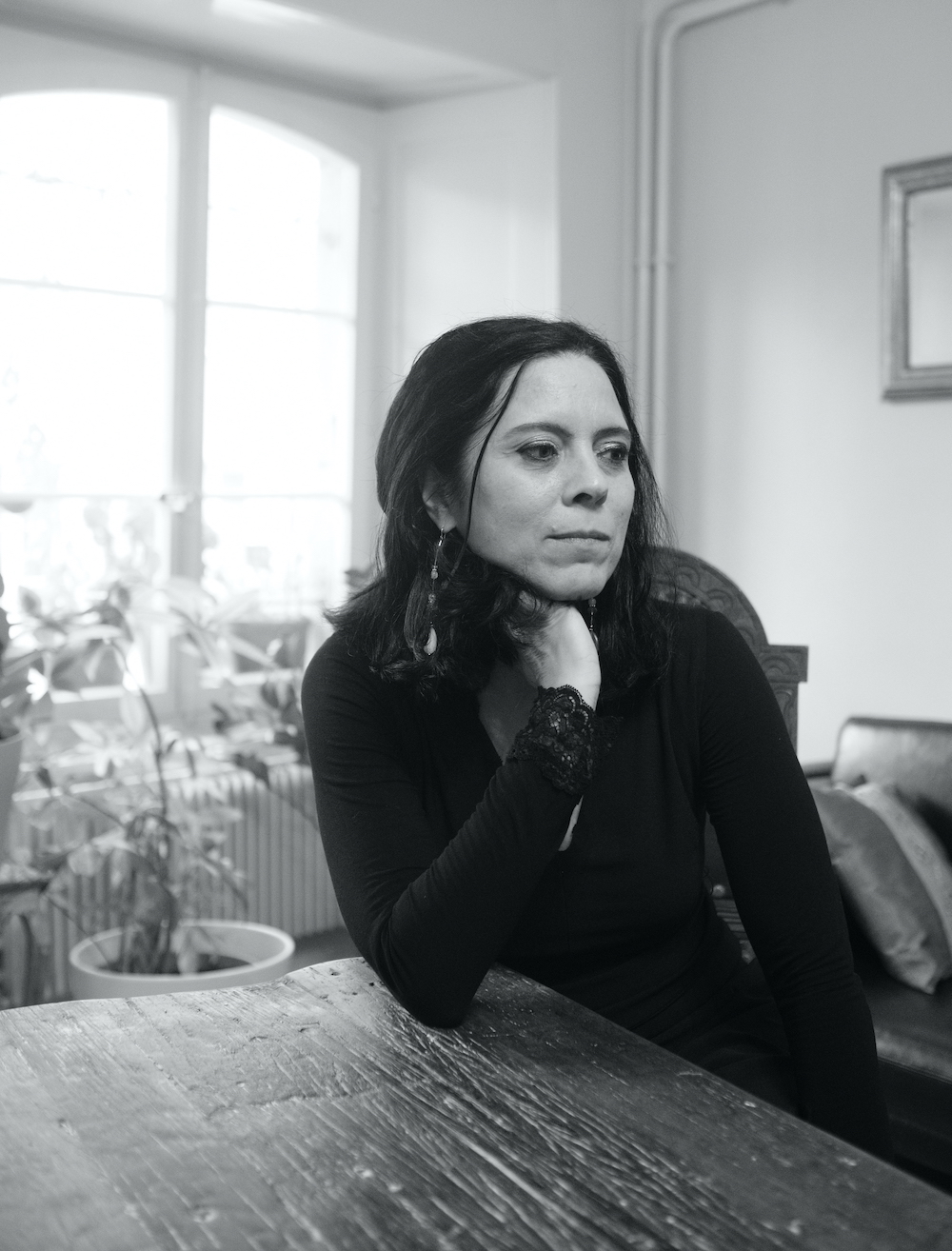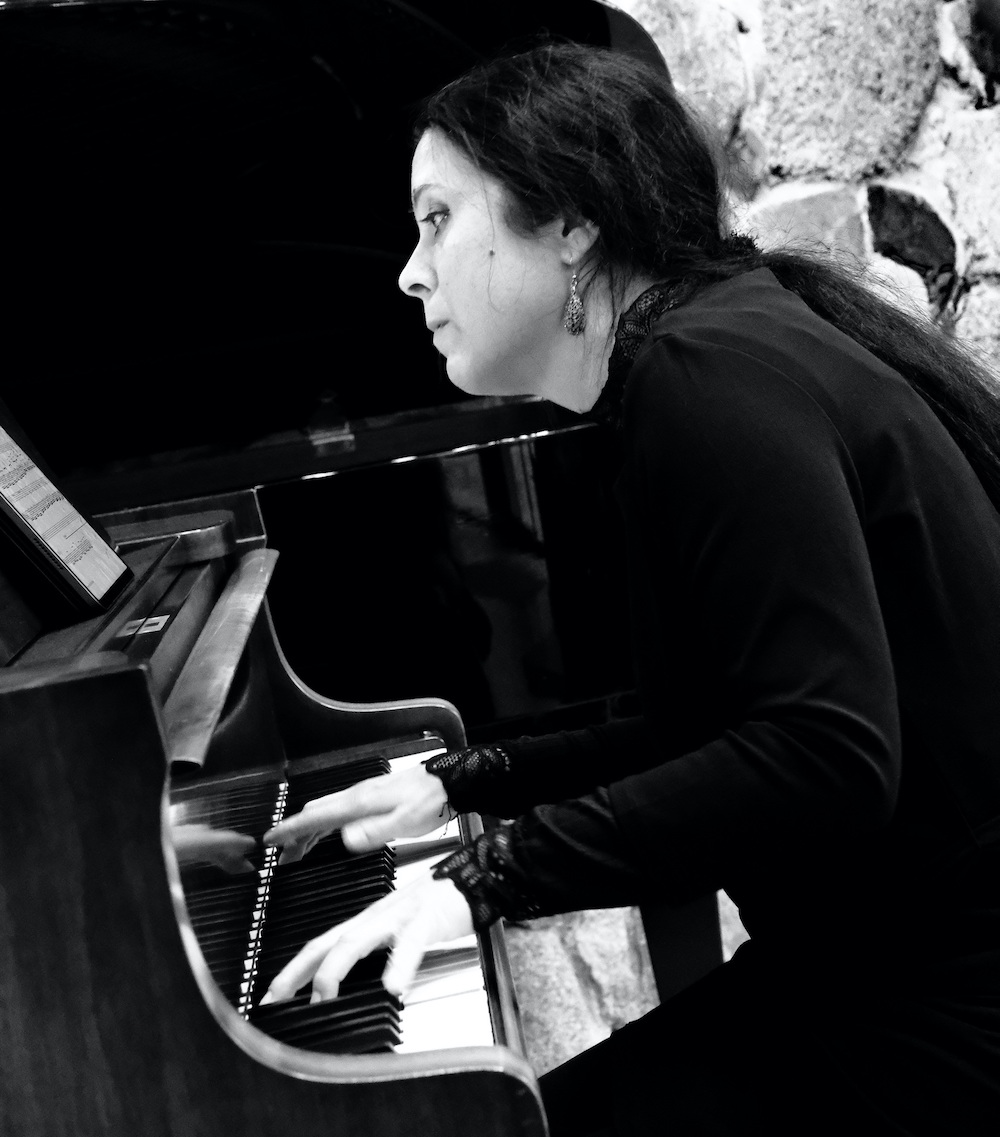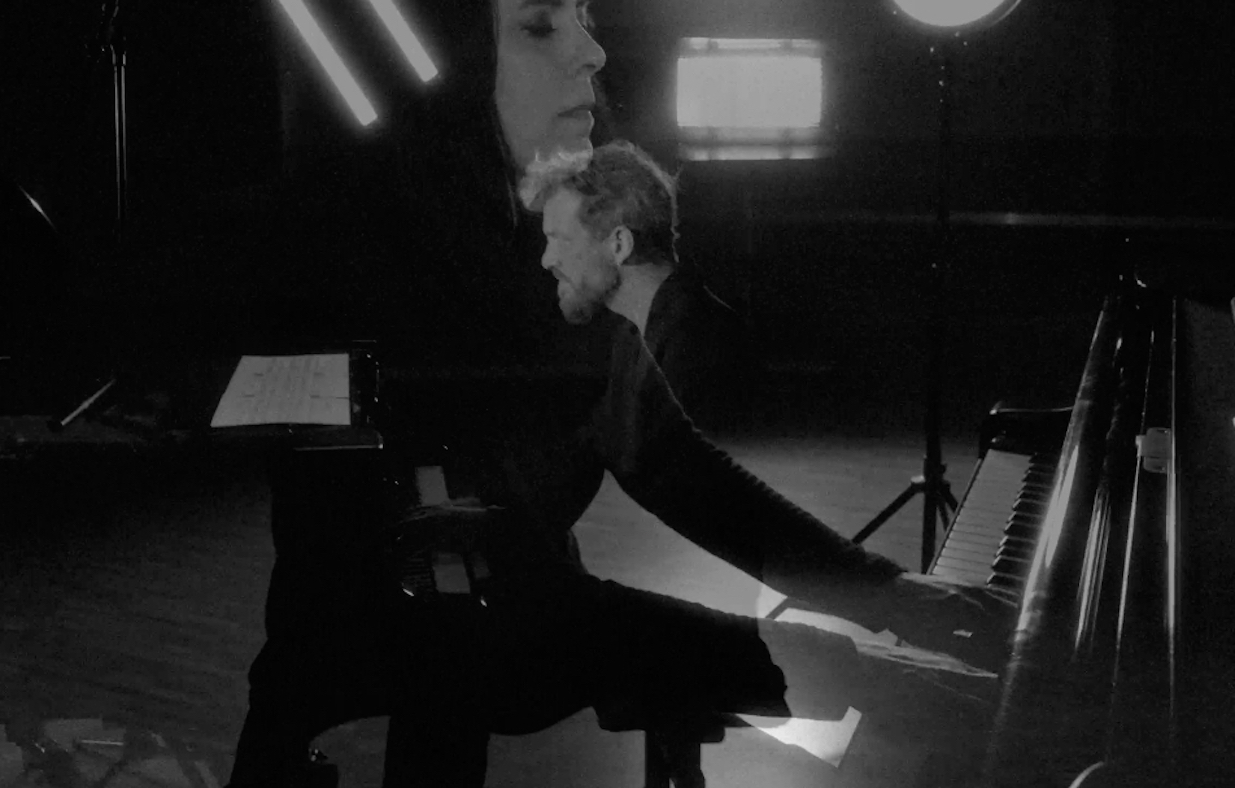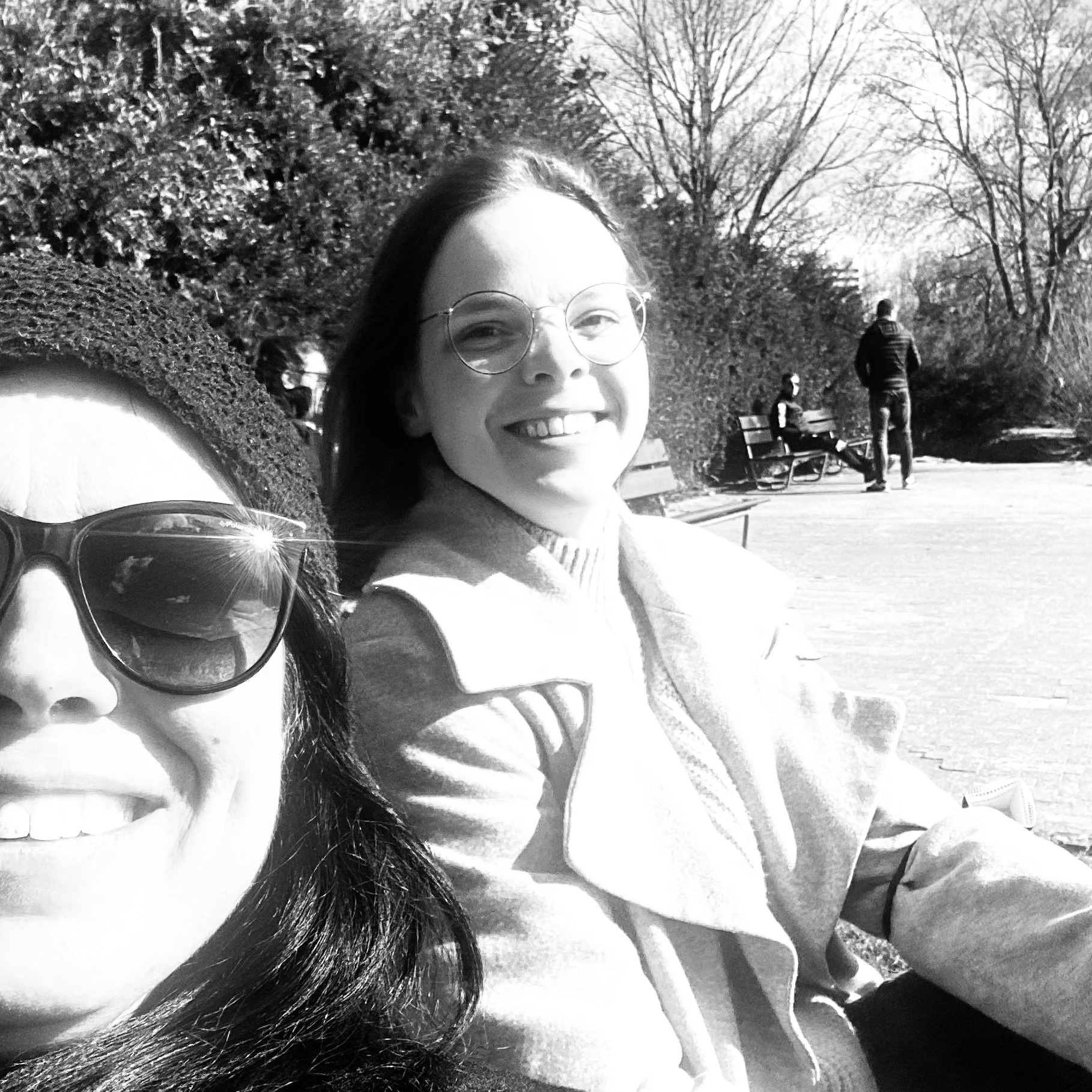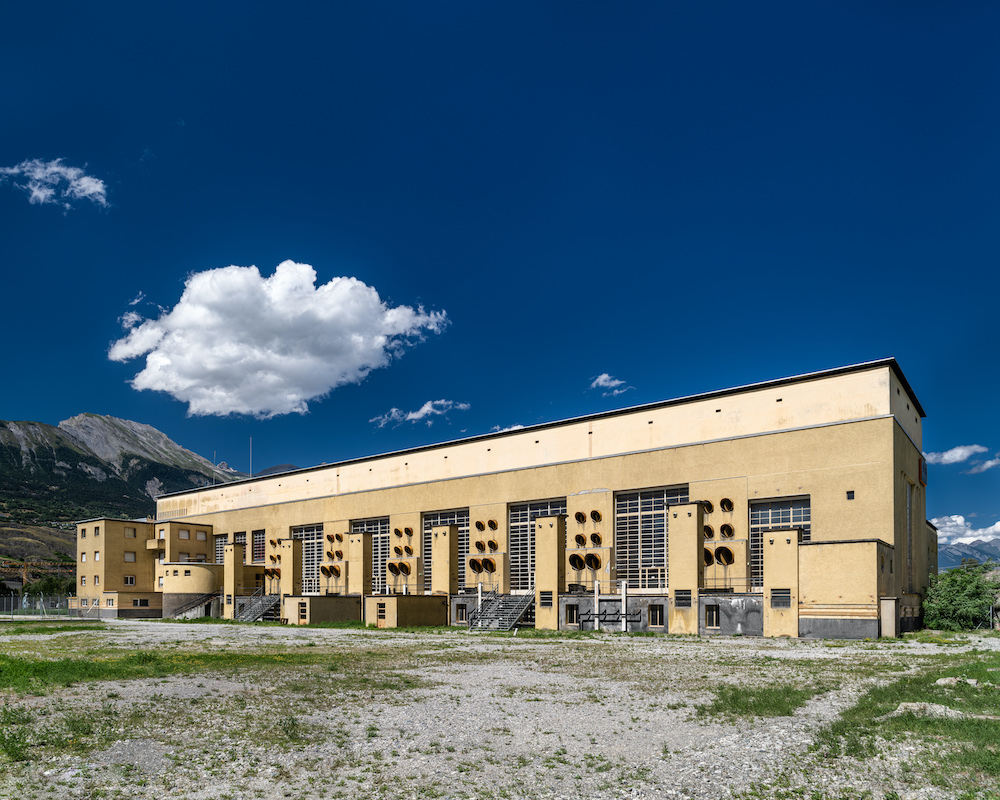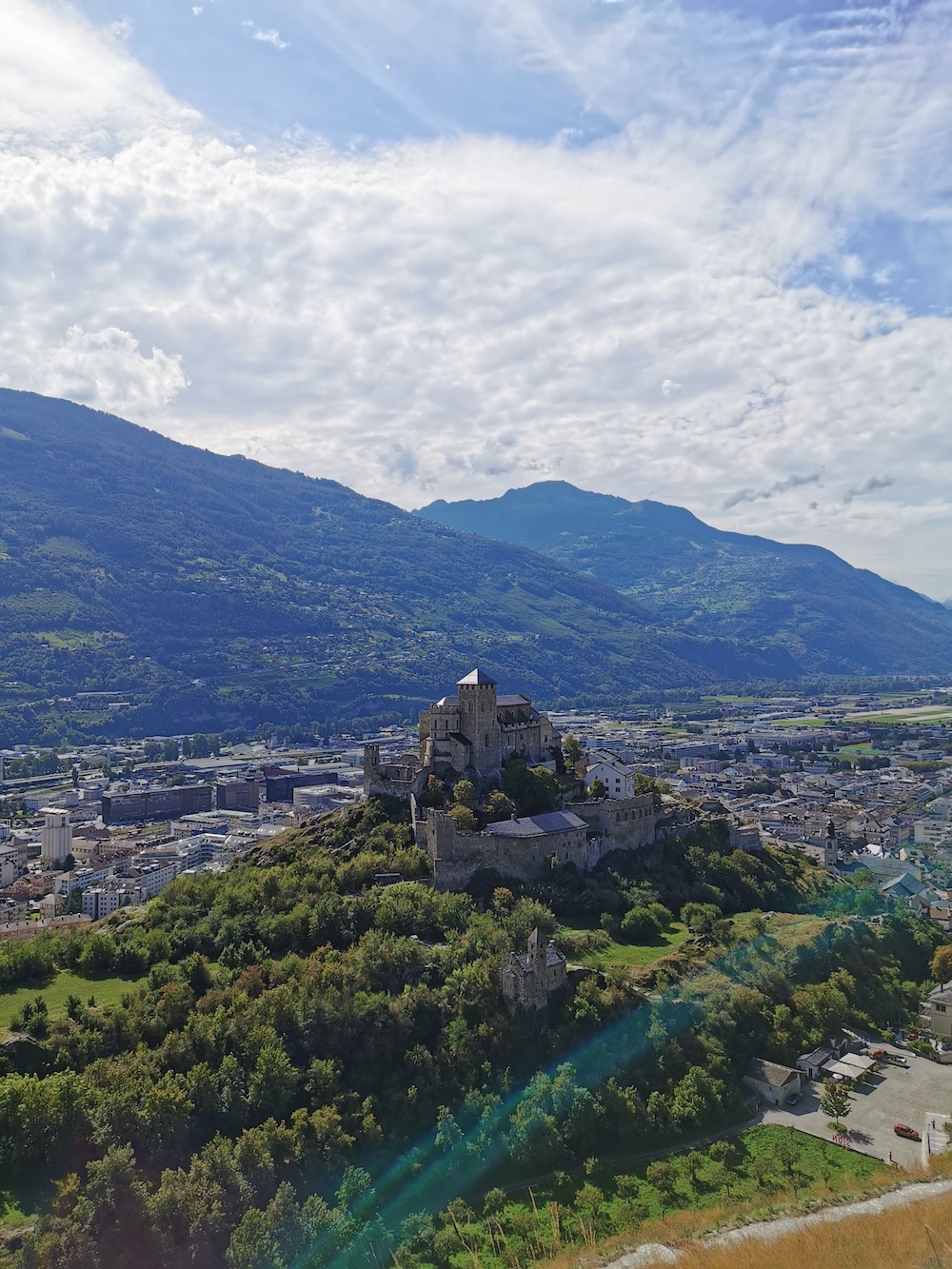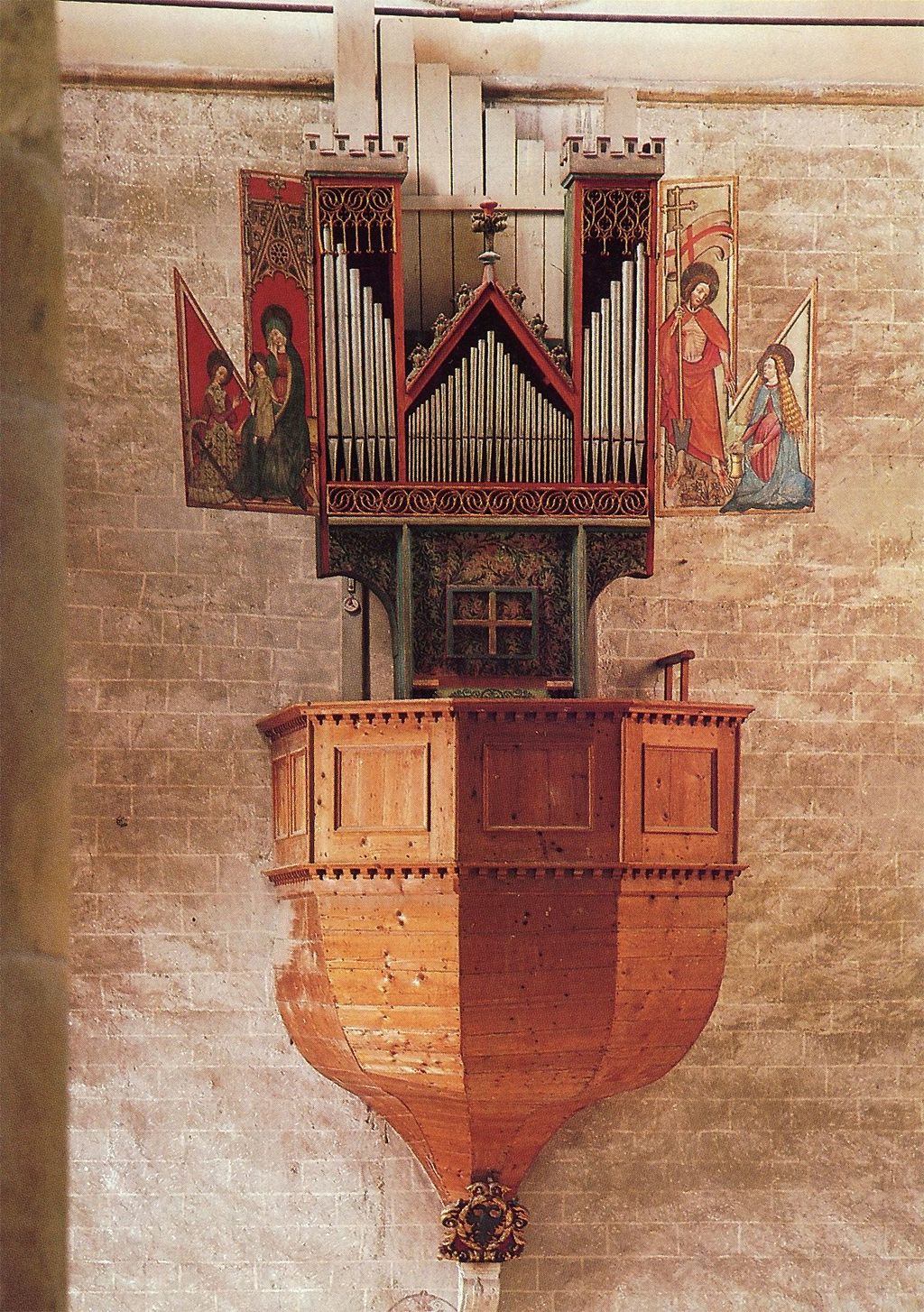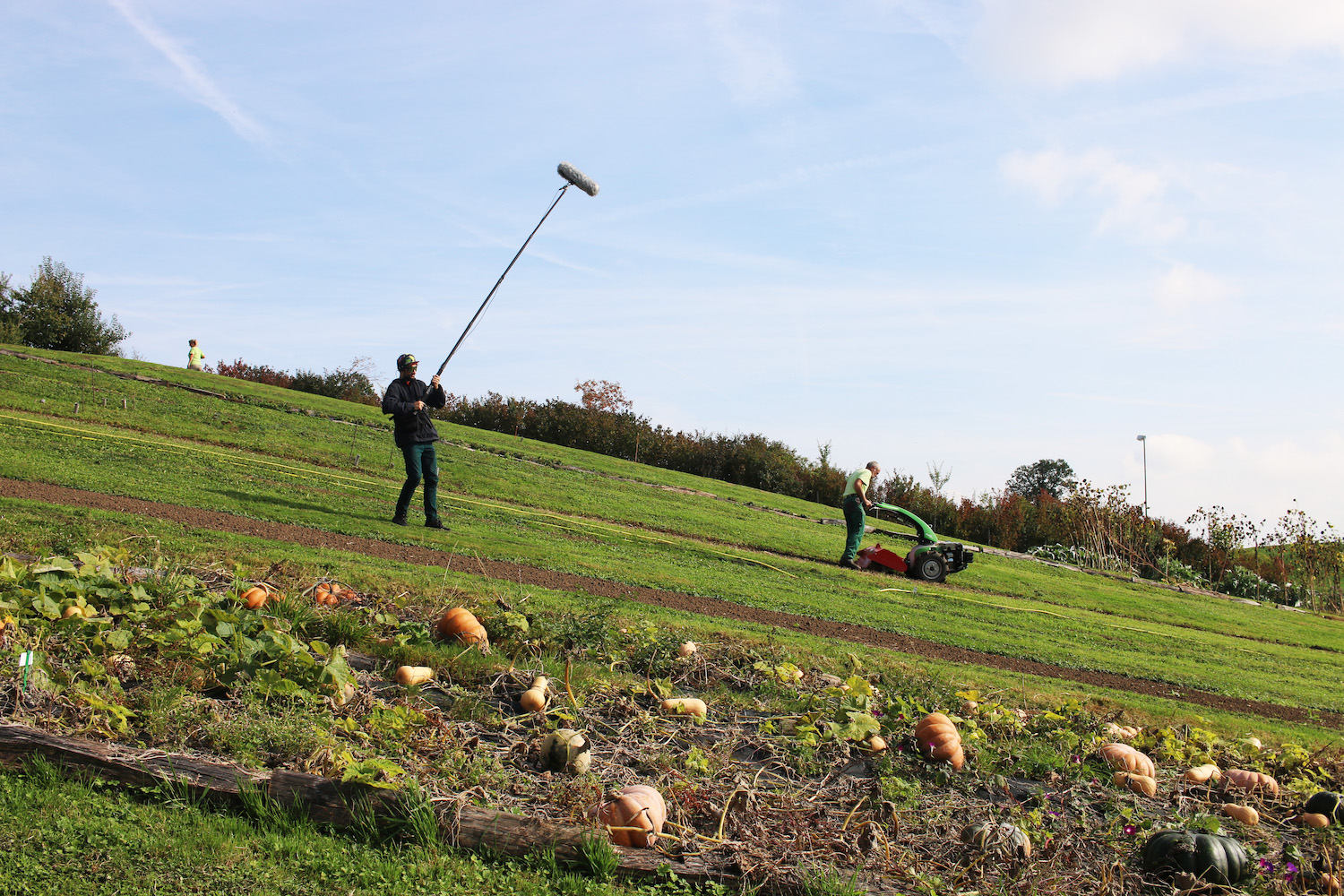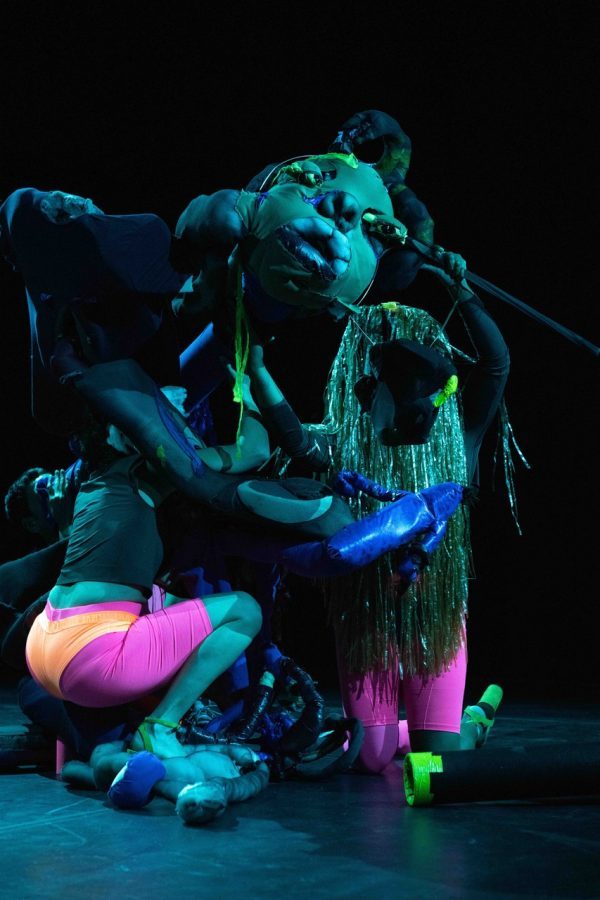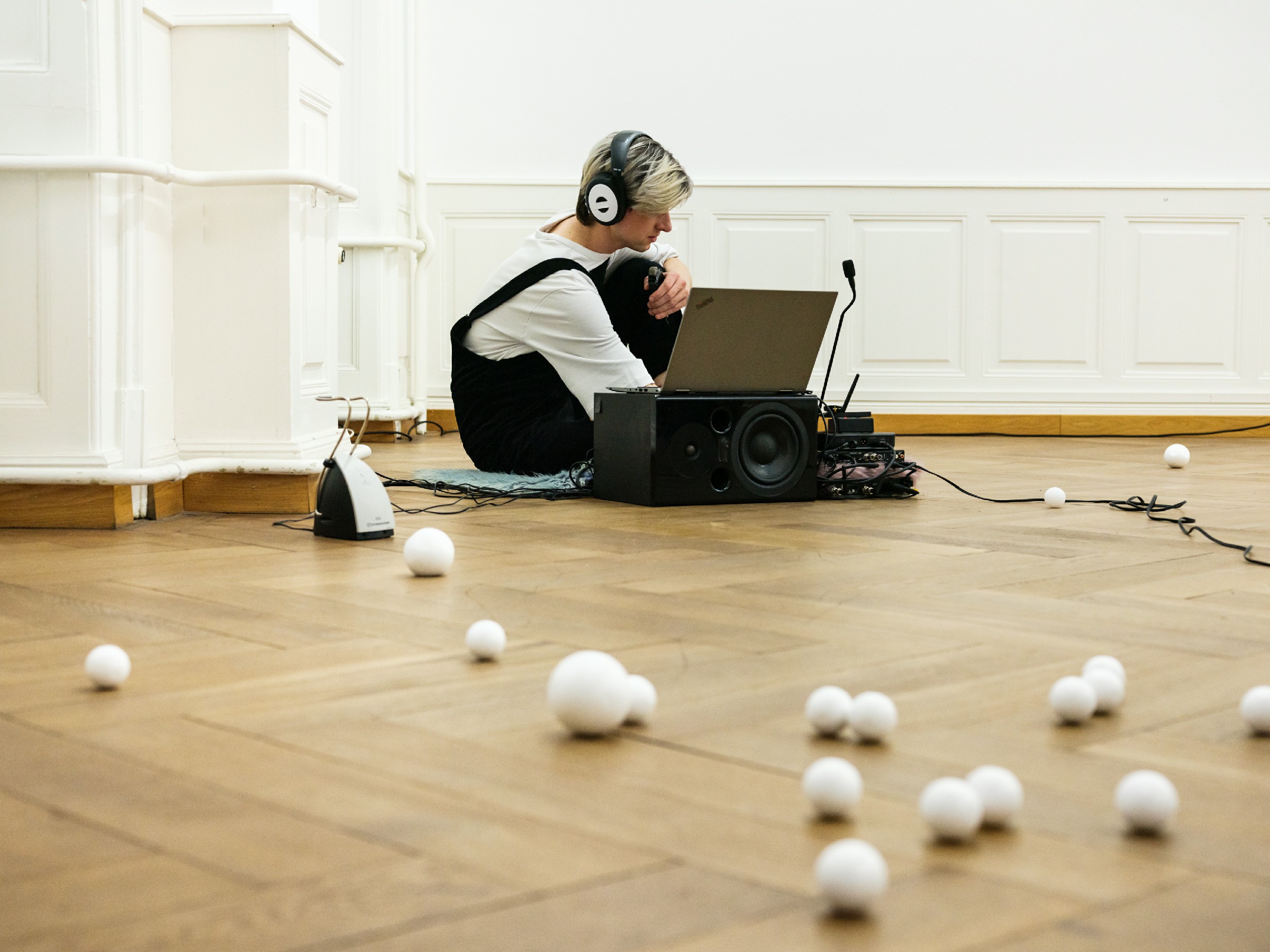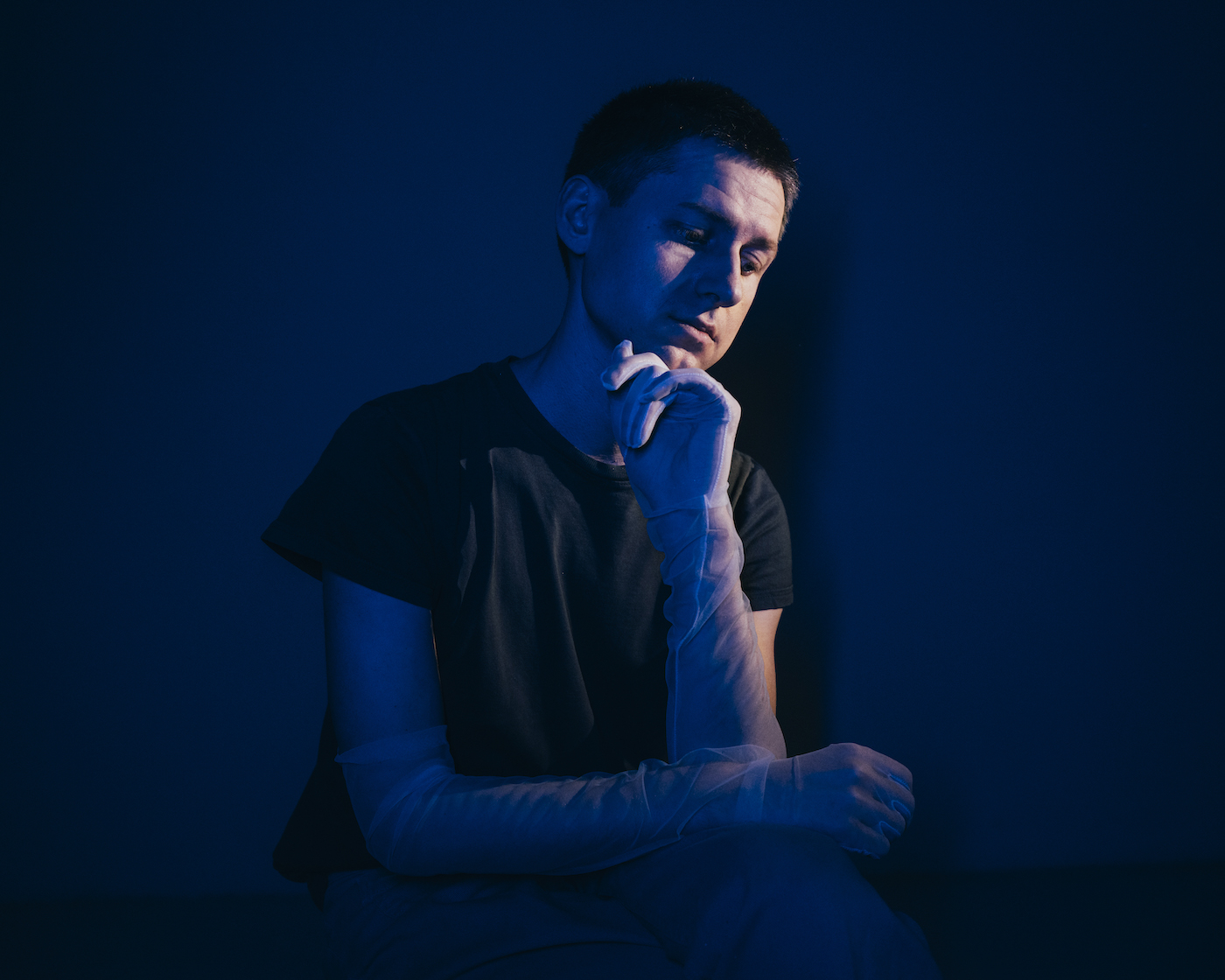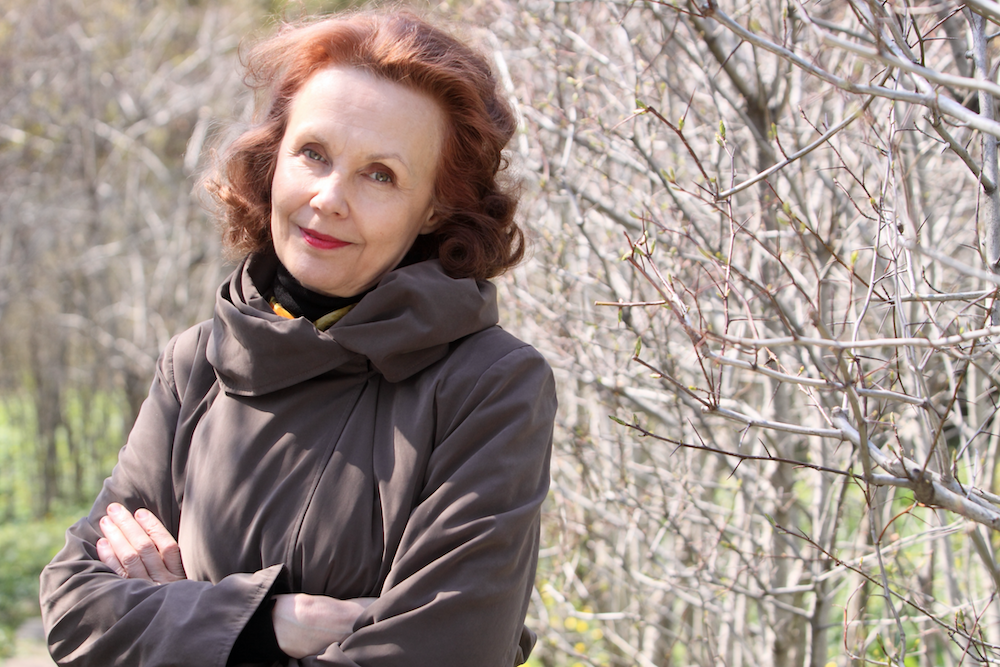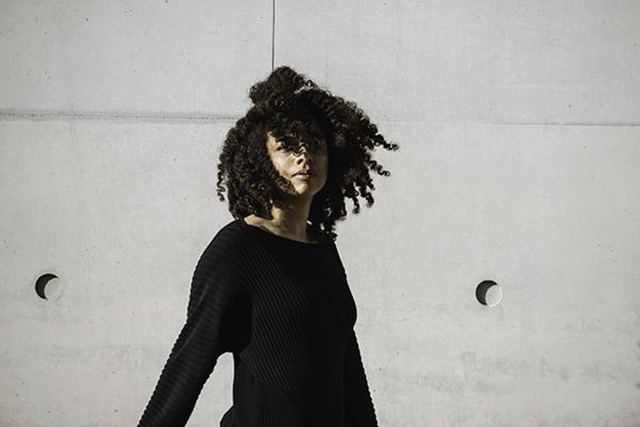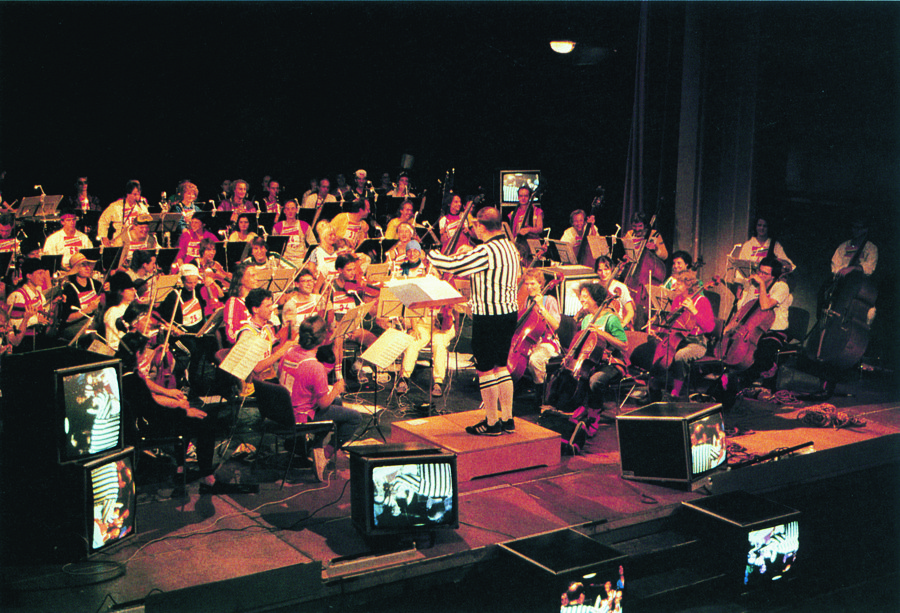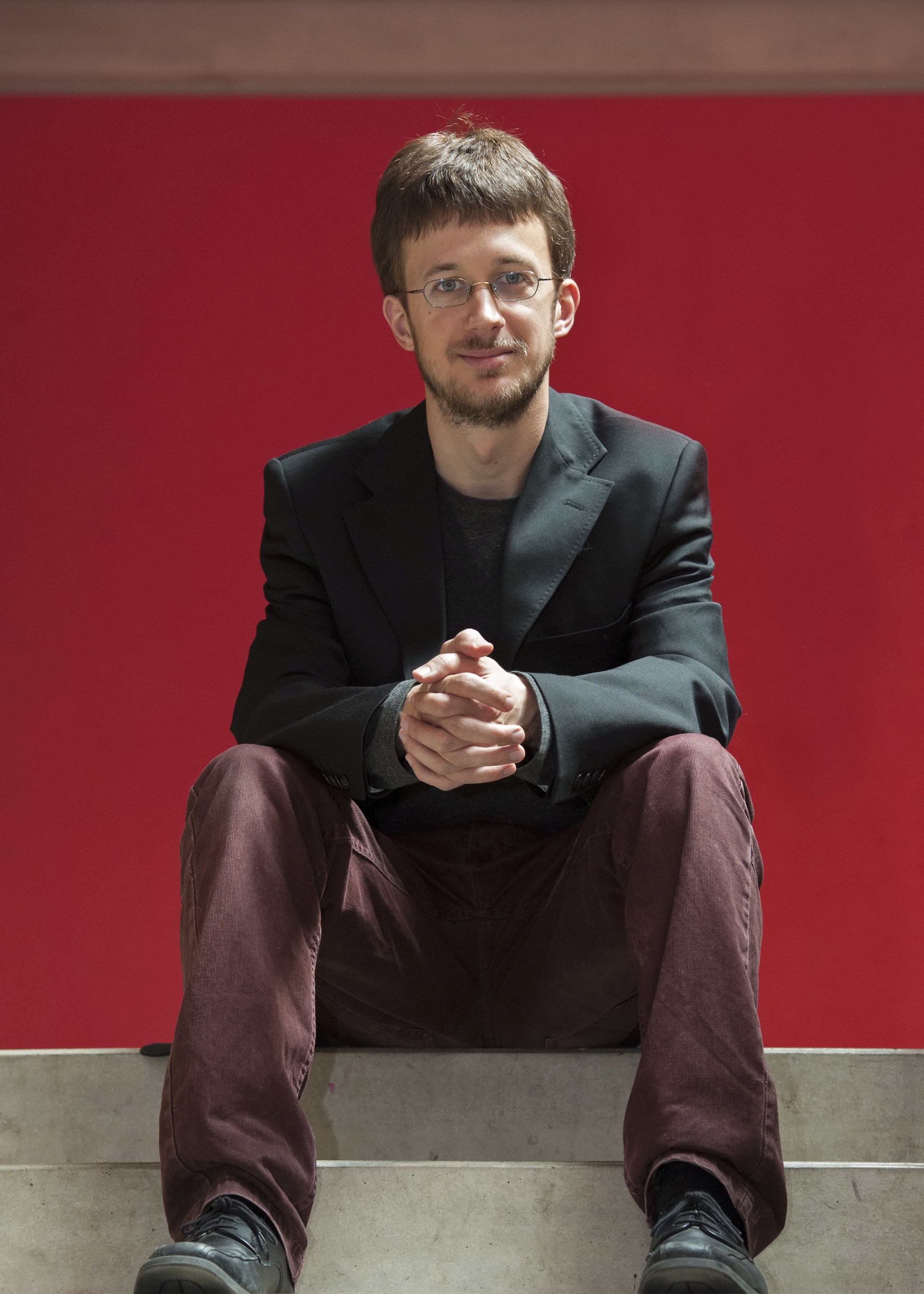At only seven years of age the Swiss Museum and Centre of Electronic Musical Instruments (SMEM) already won one of the Swiss Music Awards’ three special prizes. The museum is located in Fribourg and allows to experience technology, history and practice of electronic music-making.
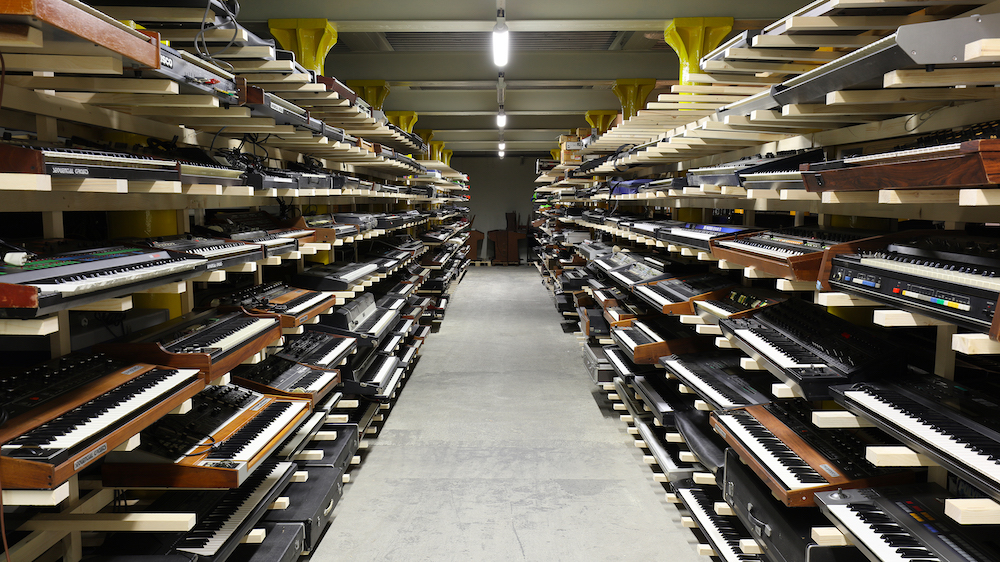
Friedemann Dupelius
‘The award was a total surprise,’ says Victorien Genna, project coordinator at SMEM, ’we wouldn’t have imagined something like this for at least another few years. It’s wonderful to be a recognised Swiss institution.’ Which is not only recognised in Switzerland. In addition to guests from France and Germany, numerous fans from England, the USA, Japan, Australia and New Zealand travel to Fribourg to marvel at its impressive collection. SMEM exhibits some 5000 electronic musical instruments, including almost every conceivable type of device: samplers, drum machines, synthesisers, mixing consoles, effects units, amplifiers, recording devices, microphones – even software such as the first version of the now widely used programme Ableton Live from 2001 and the corresponding old computers on which it used to run.
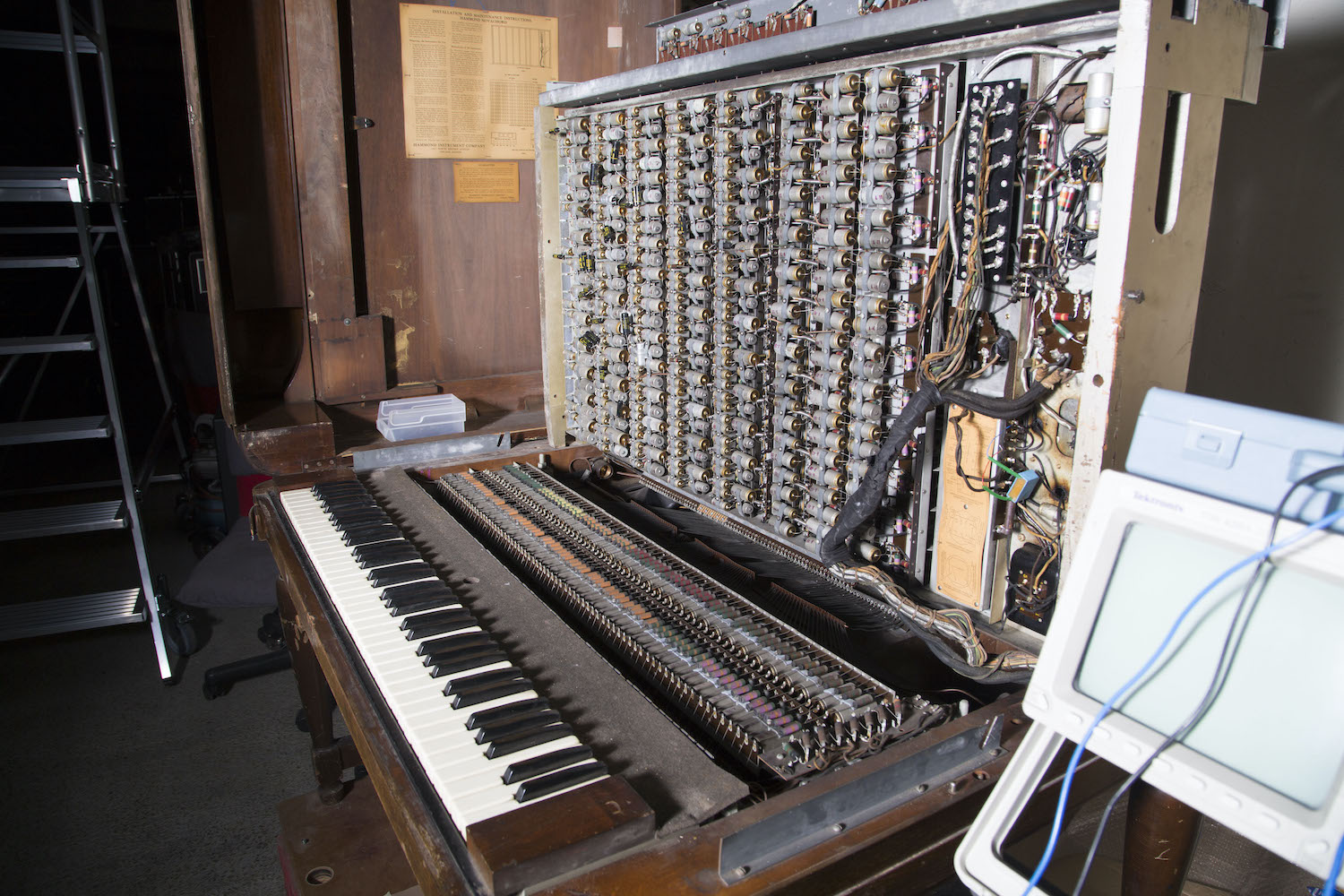
The shelves rise high to the ceiling of a former brewery – now converted into an area for start-ups and cultural initiatives. But anyone who fears thick layers of dust on the keyboards can be reassured, SMEM sees itself as a ‘living archive’. All of these devices are not only professionally maintained, but can also be played. In the museum’s ‘playroom ’, a wide selection of different instruments is on display, including classics such as the Roland TR-808 and TR-909 drum machines. Visitors can book a session for little money and even record their own jams to take home.
A museum for kids and nerds alike
When asked whether SMEM actually makes a distinction between academic, ‘serious’ electronic music and its pop-cultural varieties, Victorien Genna asks what I actually mean by that – and thus gives an indirect, but clear answer. He is not a musicologist or composer, but joined SMEM as a philosophy student who enjoys playing with synths in his private life. ‘FM synthesis is a good example: it made its way from university laboratories to the consumer market and became world-famous with the Yamaha DX7 in the 80s. Here, the nerds get their money’s worth, you can really go into detail. But even five-year-old children or someone who turned 100 should be able to have fun.’

The first circuit ends on a train journey
The fact that SMEM exists at all is a lucky coincidence, as most of the collection comes from Klemens Niklaus Trenkle – an actor who has been collecting electronic instruments since the 1970s. So many, in fact, that at some point his landlord got fed up and told him to get rid of the stuff. On a train journey, he struck up a conversation with architecture professor Christoph Allenspach from Fribourg. Allenspach had had the idea of opening a music-related museum for years and so the first wiring was unexpectedly successful. The instruments soon moved from Basel to Fribourg, an association was founded and a team of volunteers put together. The museum opened in 2017 and not much has changed since then: The number of instruments is large, the budget small.
Victorien Genna of SMEM has produced a documentary series about instruments from the SMEM collection.
In addition to public funding and private donations, SMEM thrives on volunteers and their commitment, such as Victorien Genna, volunteered until he was recently given one of the museum’s three permanent positions. The volunteers repair instruments, mix concerts or take on bar shifts. The newly received prize is therefore worth more than gold, as the museum’s collection is constantly growing. But how are you supposed to filter out which delay module or wavetable synth will be historically relevant from a flood of new technical releases? ‘Sometimes you can quickly recognise technical revolutions,’ says Victorien Genna, referring to the Elektron Digitakt, released in 2017, ’it was instantly clear upon release, that it would become an important sampler for the 21st century. But often one can only speculate and gets to know after a few years.’ Klemens Niklaus Trenkle still buys new instruments for the museum himself. ‘He has a pretty good feel for what is or will be relevant.’
SMEM organises concerts, workshops and lectures – at least once a month. Several times a year, artists in residence are hosted in Fribourg for one to four weeks to experiment with instruments of their choice. There is no obligation to produce results, but something always comes out of it, which is then usually released on Fribourg’s label oos. In October, the label plans a release by Viennese musician Oliver Thomas Johnson, alias Dorian Concept, who worked with the Yamaha CS01 synthesiser at SMEM. The polyrhythmic meshes of percussive synthesisers begin to groove more and more with each new layer and the 200 beats per minute speed is not noticeable in this agile music. It is a living archive in which history is not only documented, but also actively shaped.
Friedemann Dupelius
Swiss Museum and Centre for Electronic Music Instruments (SMEM)
SMEM on Instagram
The online magazine of SMEM
Dorian Concept on Bandcamp
Klemens Niklaus Trenkle
The album Unconditional Contours by Legowelt, partly composed at SMEM


